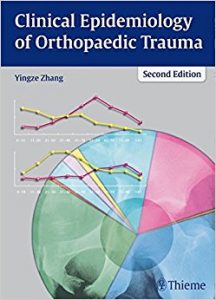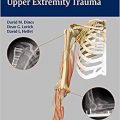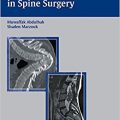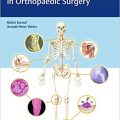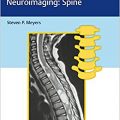Clinical Epidemiology of Orthopaedic Trauma, 2e
by Yingze Zhang
Product Details:
- Hardcover: 688 pages
- Publisher: TPS; 2nd edition edition (April 26, 2016)
- Language: English
- ISBN-10: 3131658827
- ISBN-13: 978-3131658821
- Amazon Price: $199.99
- Points to download: 150 Points
- Format: Original Publisher PDF
- File Size: 56.3 MB
- Download link below.
Download Link:
This post contains protected content. You must be logged in and have 150 points to unlock it.
Description:
One of the most extensive fracture classification studies ever compiled, Clinical Epidemiology of Orthopaedic Trauma
comprehensively explores the distribution of fracture patterns in
clinical practice. This second edition features an in-depth review of a
much larger sample size in a nationwide study on fracture incidence.
All fractures are classified according to the widely accepted AO/OTA
system for immediate recognition and analysis. Not only will readers
get a full statistical overview of fracture location, segment, and
type, but they will also learn key demographic data such as age,
gender, incidence rate, and more.
Special Features:
All new 349,935 fractures in over 371,822 additional patients than in the first editionMore
than 2,000 anatomic diagrams, illustrations, MRI and CT images, and
X-rays that clearly demonstrate how the AO/OTA fracture classification
and coding system worksEasy-to-follow, standardized chapters
that cover accepted classifications and nomenclature, anatomy,
mechanisms of injury, epidemiological features, and take-home messages
on diagnosis and treatment for each bone and segmentMulticolored pie charts and bar graphs that make statistical information accessible and user-friendlyNumerous case examples reflecting the author’s depth and breadth of experienceIn addition to being a core reference for orthopaedic residents and surgeons, Clinical Epidemiology of Orthopaedic Trauma, Second Edition ,
is an indispensable reference for academic researchers; medical
schools, libraries, and hospitals; and clinicians reviewing data for
analysis or publication. It offers a wealth of information that will
impact treatment planning, future allocation of resources in trauma
care, and initiatives in preventive medicine.<br
